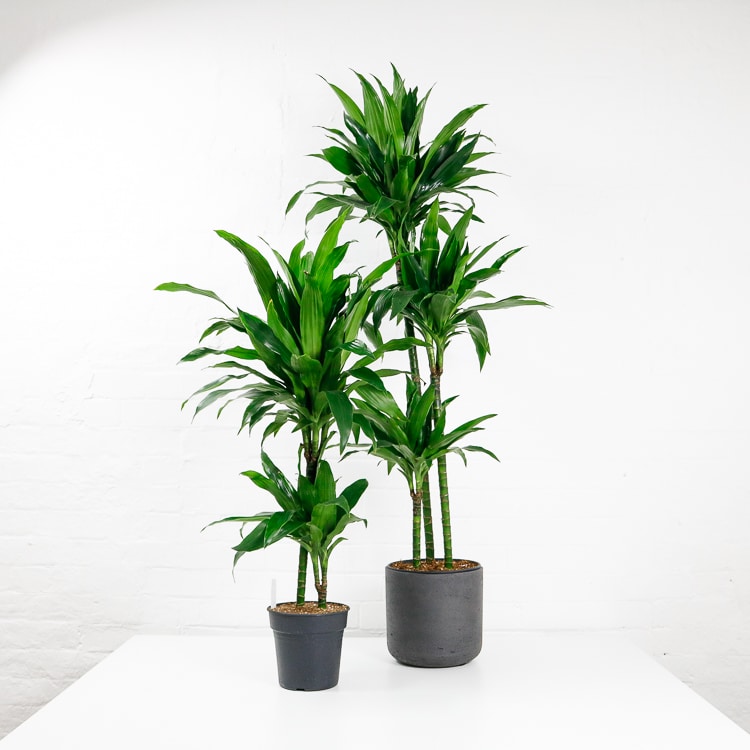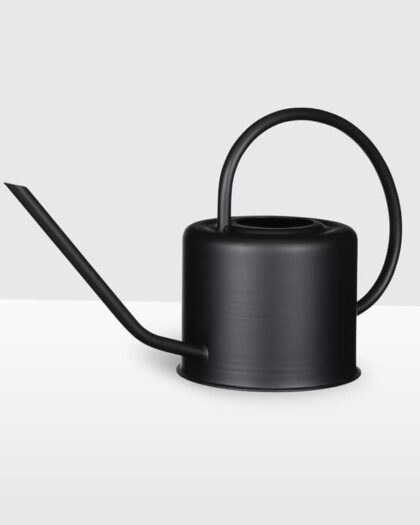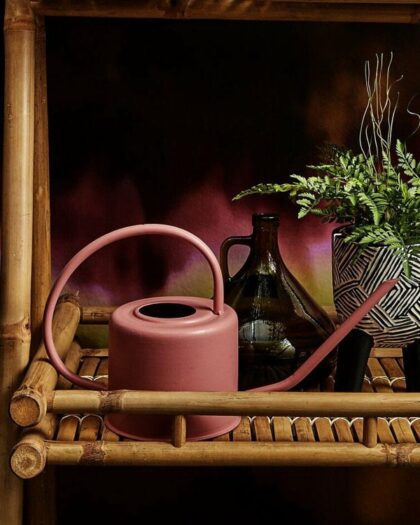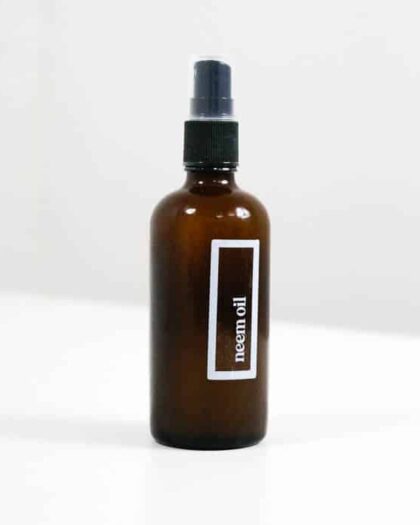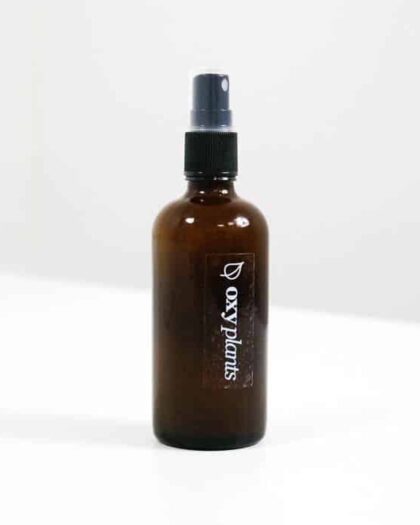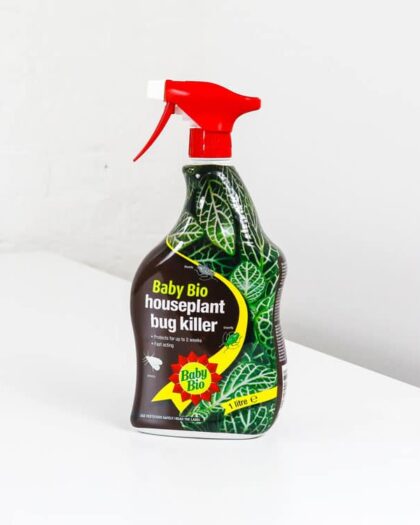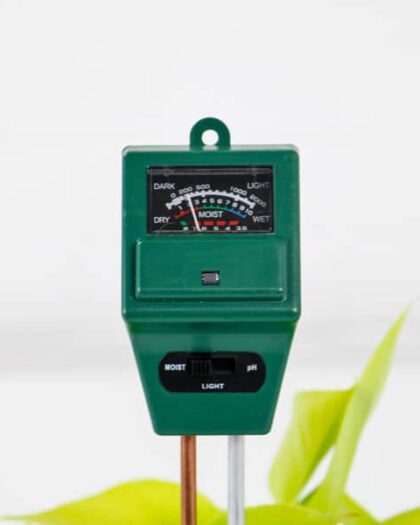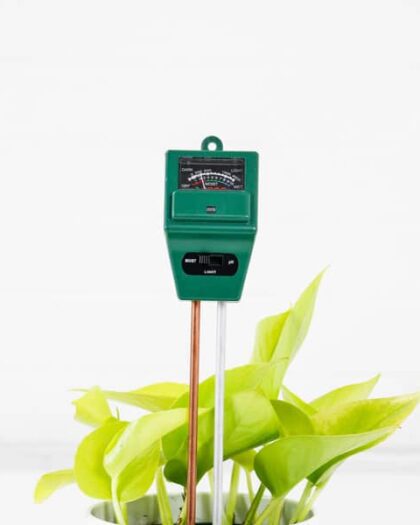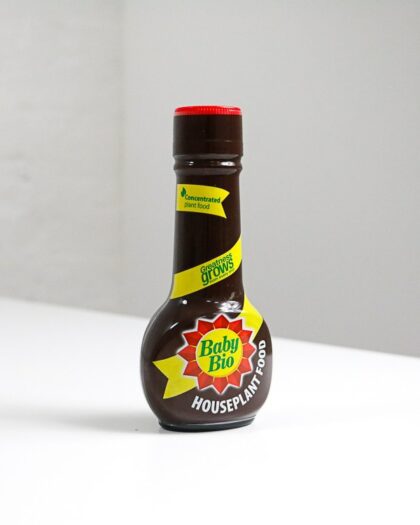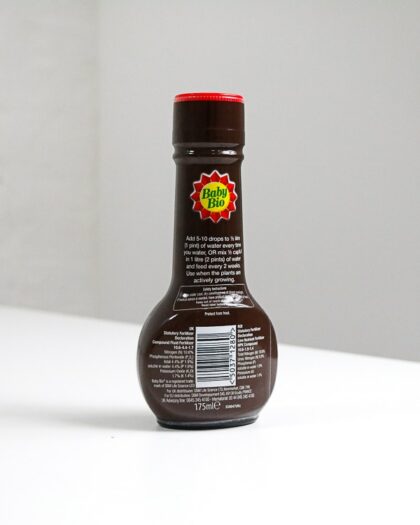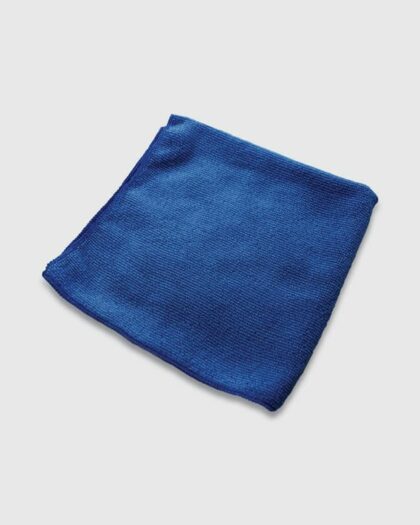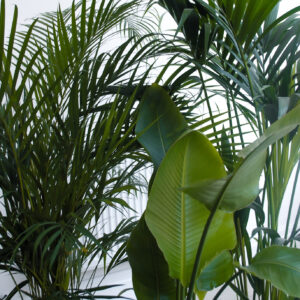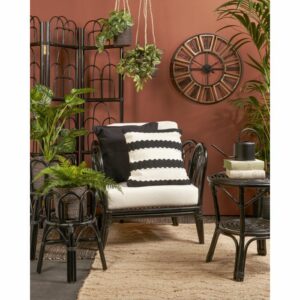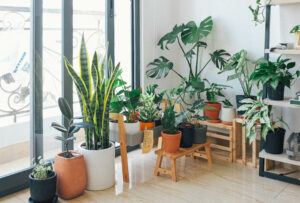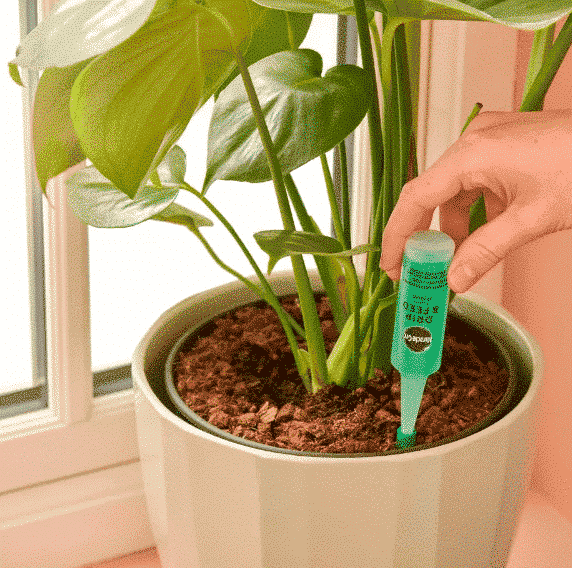What's in this indoor plant care guide
About Dracaena Fragrans 'Janet Craig'
The Dracaena Fragrans ‘Janet Craig’ has quickly established itself as one of the most popular indoor houseplants today. Native to tropical Africa, this corn plant can naturally grow up to 15m in the wild.
Across the world, this crafty corn plant has been used as hedging to mark people’s territory. As it’s resistant to a range of different weathers and temperatures, it’s for this very reason that the Dracaena Fragrans is part of our (almost) “Unkillable Plants” range.
Botanical Name
Nicknames
Corn Plant, Mass Cane
Air Purification Qualities
Child & Pet Safe?
Sun Exposure
Soil Type
Organic, loamy
Hardiness Zones
How to care for your Dracaena Fragrans 'Janet Craig'
Light & Location
This rugged corn plant is able to survive in a number of different light conditions and environments. This being said, if you want to maximise your Dracaena’s growth, place it in a bright room that is out of any direct sunlight. You don’t want to scorch any leaves.
A room with a South, East, or West facing window would be perfect. Even a conservatory would be great (during the summer months). You be the best judge!
Watering
The Dracaena Fragrans ‘Janet Craig’ is a fairly drought-tolerant houseplant. This is why it’s so well-loved. When the top two inches of soil become dry, it’s time to water! Be sure to use the finger test or our trusty soil & light tester.
Water this houseplant once every two weeks in the summer months, but reduce this to once a month during winter. It’s always a good idea to adapt your watering routine accordingly, depending on weather and seasonal changes!
Temperature & Humidity
The Dracaena Fragrans ‘Janet Craig’ loves a warm environment, just like its African home! Ideally, you will want to keep this houseplant in a room between 16 and 24 degrees celsius. However, it’s a hardy plant and we’re sure it’ll thrive in most rooms.
Any heaters or radiators may harm your houseplant, so be sure to keep it well away. This will help to minimise any fluctuations in temperature that are likely to hurt your tree in the long run.
If you’re already misting some of your other houseplants, it’s always helpful to give your corn plant a good misting. Why not use one of our plant misters? This will help to remove any dust from your houseplant’s foliage and maximise photosynthesis.
Soil
Even though your Dracaena is a relatively easy-going houseplant, you’ll definitely want a nutrient rich, organic soil/compost. This will help to keep its stem and foliage in tip-top shape!
You may even want to add in some drainage elements (perlite, vermiculite, etc.) to your soil as this will distribute moisture more evenly between waterings.
You can check out some of the soil substrates we have availble to help increase these factors in your potting mix.
Fertiliser
During the Spring and Summer months, use a balanced fertiliser to supply your ‘Janet Craig’ with all the nutrients it needs for good health. You do not need to fertilise this houseplant during Winter.
Something like BabyBio Houseplant Food would be ideal for this indoor houseplant.
If you’re using your own fertiliser, be sure to dilute it with plenty of water. You NEVER want to scorch your houseplant’s roots. Why not have a look at our range of houseplant fertilisers?
Pruning
If your Dracaena Fragrans ‘Janet Craig’ develops the odd dead, or dodgy leaf, be sure to cut it off carefully. You can do this using sterilised pruning shears. Once you’ve cut off a dead leaf, it’s always helpful to give your plant a quick mist and wipe as this will help prevent any nasty infections. A clean dust cloth will do just fine!
Propagating
Theoretically, you could propagate cuttings from your Dracaena Fragrans ‘Janet Craig’. If you wish to do so, you may want to invest in a plant propagation set and some rooting powder.
Corn Plants are usually propagated by cutting. So, if you have any off-shoots from your stem, simply cut these off and place in your propagation tube with water. It takes a couple of months to develop roots strong enough to be repotted. However, you can reduce this using rooting powder.
Potting and Repotting
Look to repot your corn plant once it has become root bound. This is where the roots begin to grow beyond the bottom of your plant pot. You should check for this once a year.
Tools to help care for Dracaena Fragrans 'Janet Craig'
-
Mica Decorations – Metal Watering Can
From £9.99 Select options This product has multiple variants. The options may be chosen on the product page -
Neem Oil
From £5.99 Select options This product has multiple variants. The options may be chosen on the product page -
Baby Bio Houseplant Bug Killer 1L
£10.99Original price was: £10.99.£8.99Current price is: £8.99. Add to basket -
Baby Bio Houseplant Food
£4.99Original price was: £4.99.£3.99Current price is: £3.99. Add to basket
Common Problems
The Dracaena Fragrans ‘Janet Craig’ is definitely one of the hardiest houseplants. However, always keep an eye out for some of the following problems.
Although the corn plant isn’t particularly prone to pests and diseases, human error is the most common cause of problems.
As this houseplant is native to Africa, it can sometimes become prone to some of the pests and diseases native to he UK.
Common pests & plant diseases
The Corn Plant may occasionally be prone to infections from: mealybugs, aphids, spider mites, scale, thrips, waterfall, and blackfly. If your houseplant becomes infected, be sure to isolate it from your other houseplants and teat quickly with a healthy dose of neem oil.
Root Rot
Root rot occurs when your Dracaena sits in water-logged soil for too long. If this occurs, then, you’re watering your plant too frequently.
Root rot can make itself known in a number of ways. If your corn plant’s stem is looking mushy, or its foliage is beginning to yellow or brown, then it is time to act.
Take your corn plant out of its soil and repot in a new, dry potting mix. Have a look at the repotting section for some guidance. Definitely hold off on the watering for a couple of days.
Leaf Loss (Chemicals in Tap Water)
If your Dracaena is beginning to lose some of its leaves, then this is not a good sign. Generally, leaf loss is another sign of overwatering or too much fluoride in the water.
To diagnose, have a look at the soil moisture. If the soil is clearly not waterlogged, then it will be a problem with chemicals in the tap water.
To fix, it may be worth investing in a product like a Berkey Filteration System or Brita Filter to clean your water.
Brown Spots on Leaves
If your Kentia is beginning to develop spots on its leaves, then this could be a sign of a fungal infection, called “fusarium leaf spot”.
This problem is most apparent in younger leaves that are situated at the leaf base.
To treat, use a natural fungicide and be sure to follow any instructions on the label very carefully. Using too much could damage your plant.
FAQ's
How fast will my Dracaena Fragrans 'Janet Craig' grow?
The corn plant will be slow-growing in the UK. Whilst it is not uncommon for this houseplant to grow as tall as 6ft, this will take around 10 years.
So, when you’re buying your Dracaena, don’t expect it to massively in a short space of time. It’s unlikely to change drastically in size or appearance.
Is my corn plant safe with children or pets?
Unfortunately, the Dracaena does contain chemicals that, if ingested, could cause diarrhoea, stomach ache, and vomiting.
It may be wise to keep this houseplant out of reach of any children or furry friends.
Can my Dracaena Fragrans Tree live outside?
Whilst your corn plant will thrive outdoors in Africa, it’ll really struggle in the UK.
Although you can put this houseplant outside when it’s raining in summer to clean its leaves, a cold British winter would almost certainly kill your plant off if kept outdoors.
Is the Dracaena Fragrans air purifying?
Yes! the Dracaena Fragrans is an air purifying plant. It removes harmful toxins, like xylene and formaldehyde, from the air, helping you breathe easier your home. It’s also one of the plants in the NASA ‘Clean Air Study’ (1989).
After considering this, there’s no reason not to buy a corn plant today!
